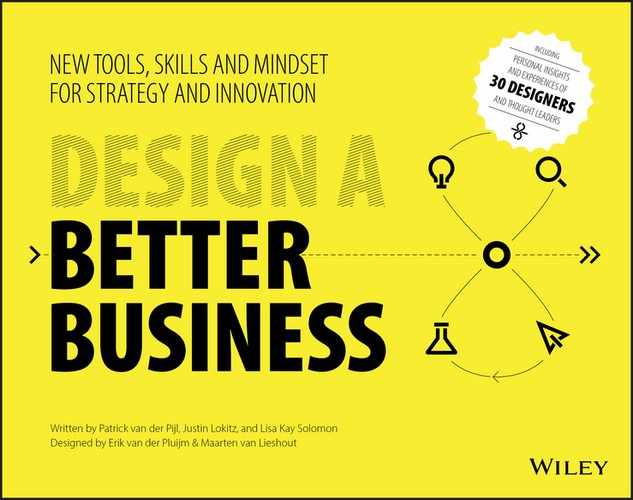Page 182
KILL YOUR DARLINGS
We all have ideas. Sometimes the ideas that pop into our heads keep us up at night – ideas we feel we must follow to the end; they must be executed. Surely they’re the best ideas ever. But the truth is, as good as your ideas are, they are only ideas. Impact is created when ideas become additive and expansive: more is better.
THE BEST IDEA IN THE WORLD
All of us, every single one of us, have the answer to solve the business problems (or address the business opportunities) we face. All day long we see other companies releasing killer apps, products, and services and executing on strategies that rocket them into the stratosphere.
THE BEST IDEAS ARE WORTHLESS UNTIL THEY ARE TESTED
You might be thinking, “Surely our idea is that good. It must be. We know our company and our products better than anyone, right?”
Except it’s not. Before it has been tested in the real world, it is just an idea, based on assumptions. Like the well-known block-stacking game Jenga®, if any one of the core assumptions – the one holding up the stack – is wrong, the entire stack will fall and your idea with it. What we often fail to recognize is that our idea is just one of many possibilities. On the design and innovation journey there exists no single right solution – only many options. It’s your task to use validation to find the best ones and help your idea evolve into a viable one.
NO DVD FOR YOU
In 2011, the streaming entertainment giant Netflix decided to split its streaming and DVD business into two separate businesses, with separate names and separate websites. These would be Netflix, the streaming service, and Qwikster, the DVD-by-mail service. On paper this idea probably looked great. By totally separating their subsequent business models, the company would be able to develop operational and marketing strategies specific to each. Makes sense.
Actually, to the customer, it didn’t make sense at all. Netflix delivers a set of services that are all about delighting customers. The very nature of Netflix’s rise to prominence was its ability to continually address its customers’ specific entertainment needs. The idea and resulting decision to split the company and services in two was never validated with Netflix’s customers. Subsequently, shortly after the split, Reed Hastings, Netflix’s CEO, made the following announcement: “It is clear that for many of our members two websites would make things more difficult, so we are going to keep Netflix as one place to go for streaming and DVDs.”
In the end, by not validating its assumptions prior to splitting the company into two separate businesses, Netflix spent a lot of time and resources executing something that drove away customers – only to reverse its decision shortly afterward.
Page 183
VALIDATE YOUR ASSUMPTIONS
By validating assumptions you will learn something new everyday. And, just as often, you will find that your initial assumptions were wrong. Your experiments and tests will fail. This is actually great news. It means that you’ll learn a ton about your idea early. And you’ll learn how to make it better, before committing investments and taking big risks.
BE RUTHLESS
But validation also means that your idea will have to evolve. Nothing of your initial idea, even the aspects you are most in love with, your “darlings, ” is off limits. Belief is not enough: it’s all about proof. Just like a scientist or detective, you’ll need to be ruthless in your pursuit of proof, following the evidence wherever it leads. And it’s essential that you learn to “kill your darlings. ” This is what design and innovation are all about.
So, the next time you come up with what that game-changing idea, consider validating it before you execute. Not only will you save time and resources, you’ll almost certainly come up with something even better – and with the evidence to back it up. Your customers will love you for it! ![]()
YOUR FIRST IDEA SUCKS
In over 500 startups we’ve seen, not a single one ended up building the idea they started out with. The ones that made it are the ones that pivoted.
“Pivot” is the hottest buzzword for startups. The term, introduced by Eric Ries, describes how startups change direction quickly based on customer insights and other technology or contextual findings that they gather from prototyping and validation.
Leveraging new findings, a startup team may decide to utilize what they’ve already built to test a new customer segment, try something totally different with the same customer segment, go back to an older idea and test it instead, scrap their entire line of thinking and start over, or even move on completely.
What’s important is that the founders move quickly, staying grounded in their point of view and how it’s been informed throughout; they need to be resilient to make these pivots. The alternative is more risky, simply jumping compulsively from one vision to another, which is likely to lead to a death spiral.
Startups that are in love with their idea and don’t want to change course have a dramatically low success rate.
| For more background, read: The Lean Startup by Eric Ries |
